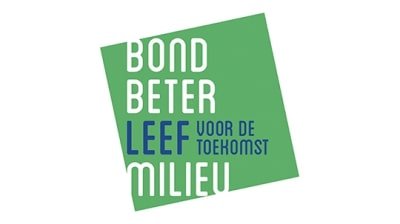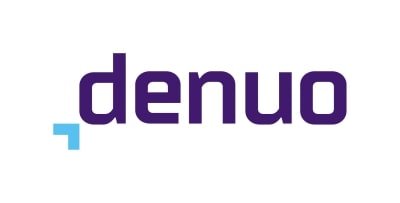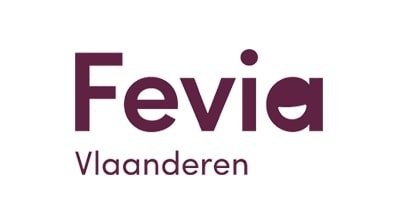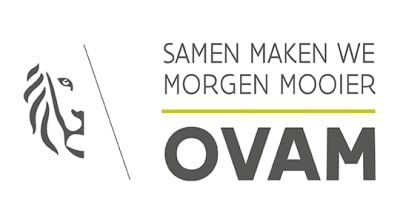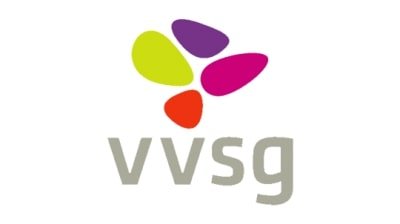Topics
We organise our actions in six thematic & strategic agendas:
Strategic Agendas:
Bio-economy
Circular Construction
Chemicals/Plastics
Manufacturing Industry
Food Chain
Water Cycles
Seven leverages provide additional support:
Leverage effects:
Lever Policy Instruments
Lever Circular Procurement
Lever Communication
Lever Innovation & Entrepreneurship
Lever Financing
Lever Jobs & Skills
Lever Research
What, why and how?
Why are we pursuing a circular economy?
Future visions 2050
How do we see our circular future?
About our management
Who steers what at Flanders Circular?
De Kruit(Water)Fabriek
Innovative water cycle at local level
The water cycle in Flanders is under pressure. There is a need for solutions to limit the use of mains water and to allow more rainwater to infiltrate. The reuse of household wastewater can play a role in this. Source separation is essential, so that we can treat and reuse grey water (wastewater from kitchens, showers, washbasins and washing machines) locally, while the more polluted black water (from toilets) is discharged through the sewerage system. Furthermore, urine, a rich source of phosphorus and nitrogen, can also be collected separately for nutrient recovery.
In the Kruitfabriek, an event site that also houses a number of companies, the city of Vilvoorde, in collaboration with Aquafin, Matexi and NuReSys, has set up a living lab on local purification and raw materials recovery from wastewater. The project was named Kruit(Water) Fabriek - Innovative water cycle at local level.
For two years, the waste water from the Kruinfabriek was treated locally in a setting that combined research and demonstration. For example, grey water was collected separately and purified for reuse and urine from the men's urinals was treated separately to create a phosphate-rich fertiliser. We made the installations visually attractive, with special attention to their educational value.
The aim of this project was to test a number of concepts on local purification and reuse of water and raw materials in a real urban environment. We investigated the achievable quality of the upgraded greywater during different test phases, and a comparison was made with the standards for irrigation, discharge and drinking water.
Aquafin NV
Partners Zenneveen NV, Nutrient Recovery Systems – NuReSys bvba, Stad Vilvoorde
Sectors
Themes
Organisations
Website
MOST IMPORTANT
RESULTS
- The grey water from the site's kitchen and washbasins was collected separately and purified in a reed field and via a nanofilter, and then reused for toilet flushing and cleaning, among other things.
- The urine from the men's urinals was treated separately in a reactor and converted into the phosphate-rich fertiliser struvite. However, production was lower than expected and quality analyses were not possible.
- We mapped the advantages and disadvantages of local reuse of waste water with a SWOT analysis and explored the possibilities of developing an innovative business model.
- We put a lot of effort into education: we placed a test setup of the nanofilter and struvite reactor behind a glass door and visitors were provided with information via information boards, films, QR codes linked to a website ... We also organised three public events.
MOST IMPORTANT
LESSONS LEARNED
- The technology is available. In theory, we can purify wastewater to any desired quality, even on a small scale. The feasibility of a local treatment concept will depend mainly on the quality requirements and the business model behind the investment.
- Partnerships are crucial to deal with the technical, commercial and legal complexity of such projects. Partnerships can also be used to develop an innovative business model to finance the project.
- Incentives and control mechanisms from governments and legislation are necessary. Governments play an important role in informing, guiding and possibly subsidising new local re-use projects, while at the same time monitoring their environmental and social impact.
WHAT DOES
THE FUTURE HOLD?
The different partners take the results of the project into account, together with the results of other projects, in their individual assessment of whether local purification and reuse of waste flows can play a role in their business activities.
The project results of the Kruit(Water)Fabriek alone could not provide sufficient information for a thorough cost-benefit analysis of decentralised purification and re-use in urban areas. The pilot plants were in fact larger than necessary for the (limited) waste flows of the Kruitfabriek. Moreover, the wastewater had a different composition than the average household wastewater, due to the presence of a restaurant and the absence of bath and shower. Nevertheless, on a practical level the results gave a better insight into the problems and preconditions within which decentralised purification can offer a solution.


